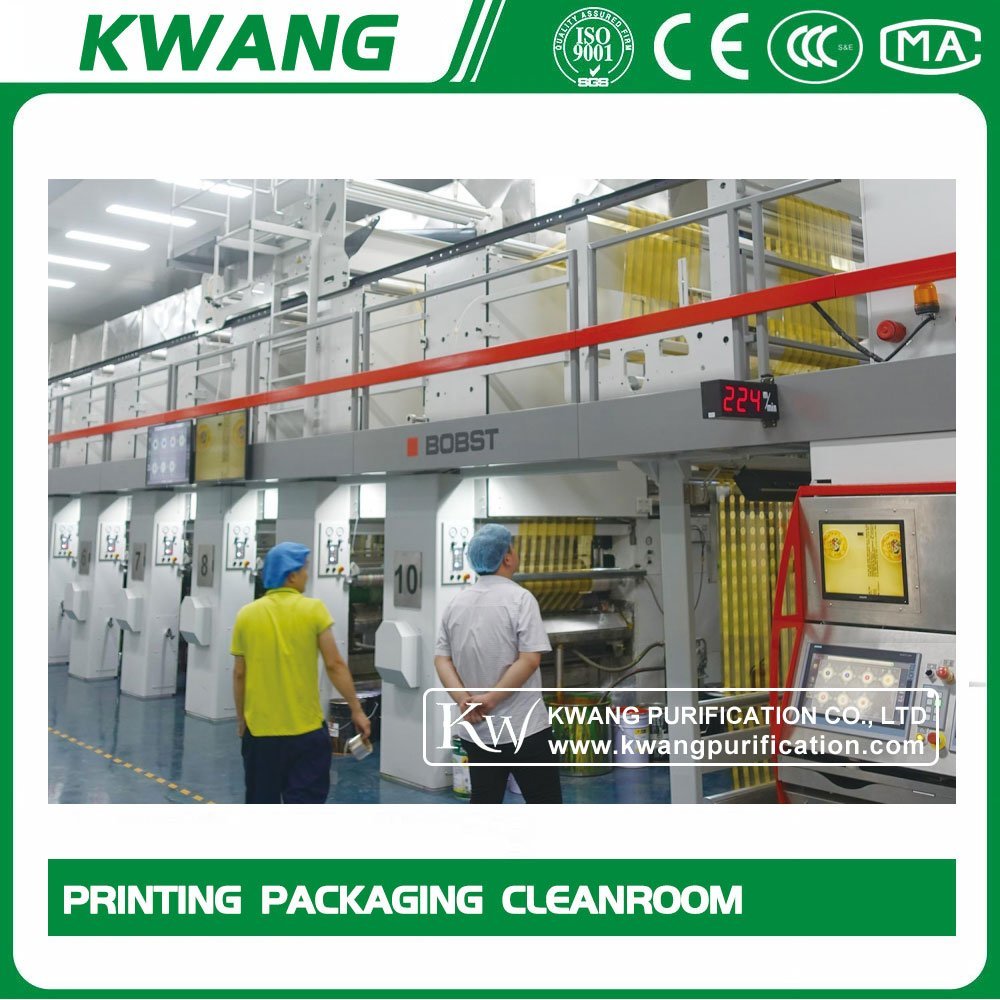Pharmacy Cleanroom Project Requirements And Design Criteria Parameters
A cleanroom or clean room is a facility ordinarily utilized as a part of specialized industrial production or scientific research, including the manufacture of pharmaceutical items, integrated circuits, LCD, OLED and microLED displays. Cleanrooms are designed to maintain extremely low levels of particulates, such as dust, airborne organisms, or vaporised particles.
Cleanrooms typically have a cleanliness level quantified by the number of particles per cubic meter at a predetermined molecule measure. The ambient outdoor air in a typical urban area contains 35,000,000 particles for each cubic meter in the size range 0.5 μm and bigger in measurement, equivalent to an ISO 9 cleanroom, while by comparison an ISO 1 cleanroom permits no particles in that size range and just 12 particles for each cubic meter of 0.3 μm and smaller.

Pharmacy Cleanroom Project Requirements
A properly designed, constructed, andmaintained cleanroom contributes to the fa-cility-related quality assurance measuresof pharmacy-prepared sterile products. Itis unreasonable to believe that proper asep-tic technique alone can be the primarymethod of contamination control whenlaminar flow hoods are placed in uncon-trolled areas.8Given the extensive and com-plex body of standards, guidelines, and rec-ommendations (FS 209E, ASHP guidelines,USP recommendations, EN/ISO standards,etc.) that are used to reference the operat-ing conditions of a cleanroom, it is essen-tial to gain an appreciation and a general un-derstanding of how those applicablestandards and references apply to the de-sign and ongoing operation of a pharmacycleanroom.
It is very important to recognizethat to design and build a pharmacy clean-room without considering critical qualitysystem factors such as policies and proce-dures, employee training, aseptic techniqueand process validation, ongoing environ-mental monitoring, facility maintenance,and compliance auditing will result in prob-lems of quality, operation, or maintenance.It may be prudent to identify an indepen-dent consultant who can serve as the pro-ject manager of the pharmacy cleanroomproject.
Pharmacy Cleanroom Design Criteria Parameters
There are several cleanroom performanceparameters that are important in the de-velopment of design criteria for a new and/orexisting cleanroom. They include but are notlimited to:Particle count (cleanroom classification).The particle count is the maximum numberof particles 0.5 µin size per cubic foot or meter of sampled air.Airflow velocity and/or volume (cubic feetper minute [CFM]). These terms refer to thespeed of air at 90 feet per minute (average),with uniformity within ±20% across the en- tire area of the air exit.
This has been in-terpreted to mean that the air velocity av-erages between 72 and 108 feet per minute.Pressurization. Pressurization is the mea-surement of air pressures between two ad-joining areas in which the air pressure in themore stringently classified area is higherthan that of the next classified area.
Thepressures are said to “cascade” where airfrom the cleanest area flows into a dirtierarea. Average pressure differentials betweentwo adjoining areas (ie, Class 100 area toClass 10,000 area) are typically + 0.05'' WC(water column). Installed filter leakage. In-place filter test-ing for a high-efficiency particulate air(HEPA) filter with no penetrations to ex-ceed 0.01% of upstream smoke (Emery-3004) concentration is important. Emory-3004 is the compound used to test air filterefficiency and integrity. When heated, itconsistently generates particles that areabout 0.3 µ in size.
Airflow visualization. A smoke-stick test isused to observe airflow patterns over crit-ical work surfaces and areas of air turbulencethat could be reservoirs of excessive parti-cles or bioburden. Containment or leakage. Depending on theenvironment or the equipment being test-ed, leaks usually are not desirable; for ex-ample, in type II B biological safety cabinets(BSCs) used during the preparation of an-tineoplastic agents or in HEPA filters.

 +86 13921198925
+86 13921198925 katherine.wang@kwangpurification.net
katherine.wang@kwangpurification.net 8613921198925
8613921198925






